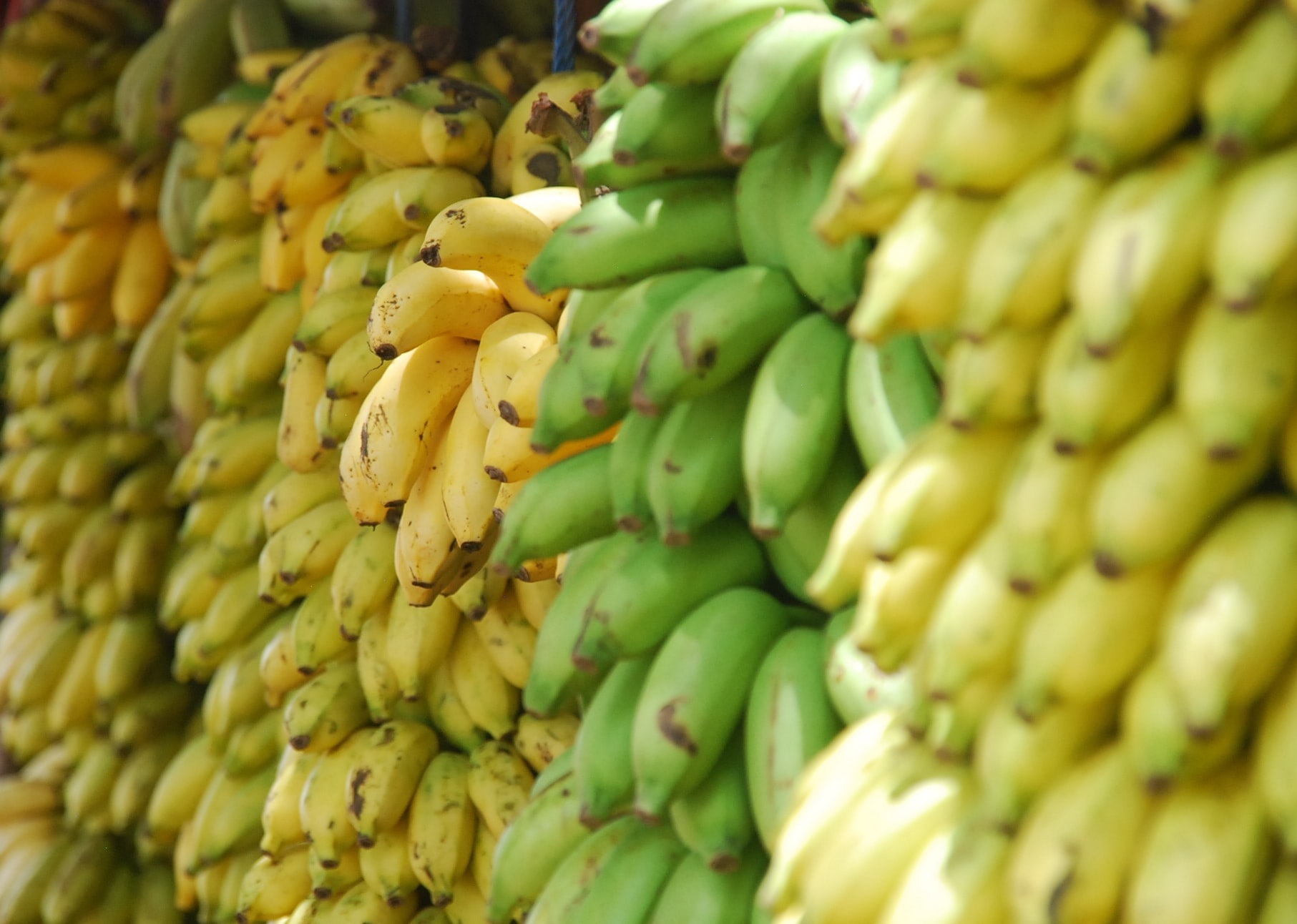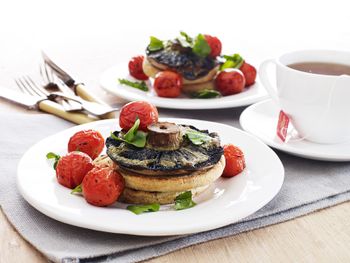Our favourite fruit and veg for Autumn
by Gael Myers, Accredited Practising Dietitian
- March 11, 2020
- Leave a comment
Not just any ol’ fruit or veg will cut it when it comes to improving our health. Only about 5% of Australians are eating enough, and we really need to aim higher than potato chips or a sad piece of wilted lettuce on the side of your plate! So what fruit and vegies should we be choosing?
Go for local, seasonal produce
When it comes to deciding what fruits and vegetables to put in your trolley, you can’t go past local, seasonal produce for taste, price and nutritiousness.
Benefits of eating in-season
- Freshness – straight from the local farm to you. Good prices mean high turnover.
- Flavour – peak picking time is also peak eating time!
- Nutrition – some of the nutrients in fruits and vegetables, like vitamin C, start to break down after picking. If your produce has spent time flying halfway around the world before reaching the supermarket shelf you can be sure that the nutrient content has suffered. Local, seasonal produce that hits the shelves soon after picking is the best choice.
- Price – high supply means that produce is at its cheapest.
- Environment – locally grown produce means less reliance on flown or trucked in fruit and veg. Choosing locally produced food that hasn’t clocked up enough air miles to get a free flight in business class not only supports local growers and is better for the environment, it’s better for us too.
The chart below shows the fruits and vegies that are in-season in WA in Autumn. If you don’t have a list handy when shopping, a good rule of thumb is that if it's locally grown and on special – it's probably in season.
Our favourite Autumn fruit and vegies
An easy way to get a good variety of fruit and vegies is to think colour. Aim to get reds, oranges, yellows, purples, greens, whites and browns into your day. Different colours show the presence of different nutrients that your body needs. Eating plenty of fruits and vegetables in all the colours of the rainbow will give you the right mix of nutrients we need for health.
Here are some of our favourites:
1. Leafy greens
Mum was right about this one – you need to eat your greens. Kale, silverbeet and broccoli are in-season in Autumn and full of green goodness. Leafy greens are packed with folate, vitamin K, vitamin C, iron and phytochemicals like carotenoids and flavonols. Whether you prefer them artfully placed in a Buddha bowl, stirred through a curry, or mixed with cheese and wrapped in filo – just make sure you get some of these into your day!
2. Beetroot
Did you know that beetroot is used as a supplement to boost sports performance? Beetroot contains a high concentration of nitrate, which is thought to be responsible for its exercise enhancing effects. During the digestive process, nitrate in beetroot is converted into nitric oxide. When nitric oxide travels through the body it relaxes the blood vessels, making the tube wider. This means that more blood rich in oxygen and nutrients can be delivered to muscles, allowing them to work harder.
3. Onions and spring onions
Onions, spring onions and garlic contain a phytonutrient called allium, which has been linked to a whole range of health benefits including reducing cholesterol levels, managing blood sugar levels and reducing blood pressure in people with hypertension. And we all know they’re the simplest way to add flavour and depth to a meal!
4. Bananas
While fully ripe bananas are nutritious and perfect for smoothies or making banana bread, I’d like to talk about under-ripe bananas. Bananas with a streak of green contain a type of dietary fibre called resistant starch. Scientists have found that when resistant starch breaks down in the digestive system it produces ‘butyrate’ – the favourite fuel source for the cells that line our bowel. Happy, well-fed bowel cells = healthy cells that are less likely to develop disease.

5. Tomatoes
Tomatoes are an absolute staple in my house. You can have them as soup, on toast, in a salad, as the base for pasta sauce or in any number of variations of stews, casseroles and pies. They’re a source of vitamin C, vitamin A, potassium and folate while also containing a phytonutrient called lycopene. Lycopene is an antioxidant that is responsible for giving tomatoes their red colour. While it’s too early to make any firm conclusions, scientific evidence is building that eating foods rich in lycopene, particularly tomatoes, has health benefits.













